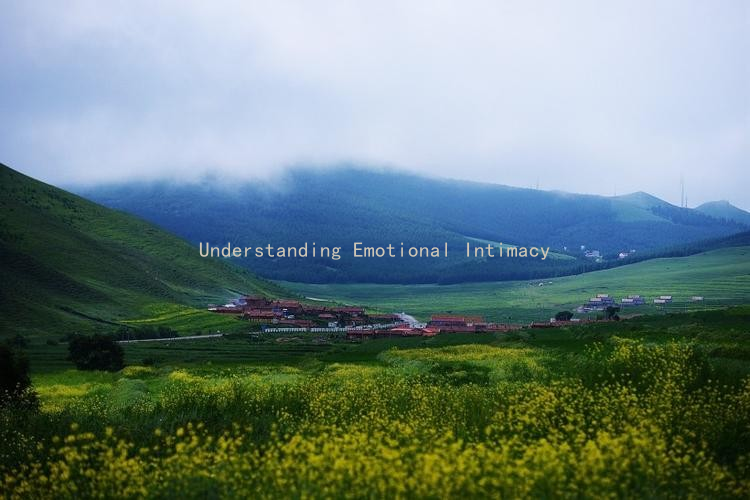Talk the Talk: Engaging Women by Understanding Their Sensitivity Zones
In the intricate dance of romantic relationships, effective communication plays a pivotal role. To truly connect with women, it is essential to understand their sensitivity zones—those emotional touchpoints that can foster intimacy or create distance. By tailoring our conversations to acknowledge these aspects, we can enhance our interactions and deepen our connections.
Understanding Sensitivity Zones
Every individual has unique sensitivity zones that encompass their feelings, beliefs, and personal experiences. For women, these zones often relate to emotional security, respect, and understanding. When engaging in conversations, being attuned to these areas can make a significant difference in how your words are received.
Active Listening
One of the most powerful tools in any conversation is active listening. This means going beyond just hearing words; it involves fully engaging with what the other person is saying. Show genuine interest by asking follow-up questions and reflecting on their emotions. For instance, if she shares a personal story, respond with empathy and curiosity rather than immediately pivoting to your own experiences. This approach not only validates her feelings but also establishes a deeper connection between you.
Empathy and Validation
When discussing sensitive topics, it is crucial to practice empathy. Acknowledge her feelings and experiences without judgment. Phrases like, I understand why you feel that way, or That sounds really challenging, can help create a safe space for her to express herself. Validation doesn’t always mean you agree; it simply shows that you respect her emotions and viewpoints, which is vital in cultivating trust.
Use of “We” Language
In conversations about future plans or potential conflicts, using “we” language can shift the dynamic from adversarial to collaborative. For example, instead of saying, “I think you should do this,” reframe it to, “How can we approach this together?” This wording promotes a sense of partnership and inclusivity, which can be particularly comforting for women who value connection and support.

Avoiding Trigger Topics
To navigate sensitivity zones effectively, its essential to recognize potential trigger topics. While open dialogue is healthy, certain subjects might evoke strong emotional responses based on past experiences. Approach sensitive issues carefully and be mindful of her reactions. If you notice discomfort, be willing to pivot or gently ask if shed prefer to discuss something lighter. This not only shows your acumen in conversation but also demonstrates respect for her boundaries.
Communicating Appreciation
Women often value acknowledgment and appreciation in their relationships. Simple, sincere compliments or expressions of gratitude can significantly enhance the emotional tone of your interactions. Instead of generic compliments, aim for specific recognitions, such as, “I really admire your perspective on that topic,” or “Thank you for being there for me; it means a lot.” This practice reinforces their worth and reinforces a positive connection.
Body Language and Non-Verbal Cues
Communication is not solely verbal; body language plays a vital role too. Maintaining eye contact, nodding, and leaning slightly forward can signal interest and engagement. Be aware of her non-verbal cues as well; they can often communicate feelings more powerfully than words. If she appears withdrawn or uncomfortable, it might be an indication to change the subject or approach it differently.
Conclusion
Engaging women by understanding their sensitivity zones requires a blend of empathy, mindfulness, and effective communication skills. By actively listening, validating emotions, using inclusive language, and being aware of non-verbal cues, you can foster a deeper emotional connection. Remember, the goal is to create a safe and warm environment where both partners feel heard and valued. In the dance of romance, it’s not just about talking; it’s about nurturing a connection that transcends words.





